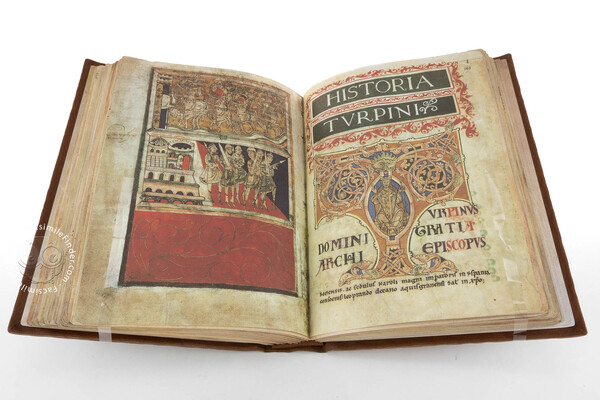MAN Wiki
Soundex (Rev #3)
From “codex” to “soundex”

The “codex?” form is regarded as the most significant advancement in the format of physical books. Starting in the 4th century AD, the codex format emerged as the dominant form of book, while the traditional scroll gradually fell out of favour 2. It replaced the form of scroll with folded collections of vellum, parchment, or papyrus sheets during the late Roman Empire, serving as the precursor to modern books.
Intuitively, the name of “soundex” follows the naming schema of the “codex”, and can be regarded as a cognate of the “codex”. It’s efficacious here for “soundex” was essentially designated for the recall of the anamnesis of a bygone era, and tries it best to make anything transient elements in sound, to be Immortal, with endless repercussions.
The “soundex” is scarcely be said to be a experimental attempt to expand or to rectify the origin focuses of “field recording” to the wild field of mountaineering, but we hope “soundex” and the general MAN network solely to be sui generis and contribute to a extremely future world, which is conceivable and perceivable.
Personally, the two founders lived an uneventful life at the outset, they brought up the “soundex” to complete the philosophy of themselves, to be faithful to this world, and the absolute. They gave life to their ideas, make them came to be and to grow from its first raw state to its more perfect formation in art. They strive to make unfolded ideas folded, make unformed thoughts formed, make equivocal fragmentary recordings intensively enclosed in one self-contained system-thought of acoustics approach, by applying organon and criterion.
The design of “soundex”
-
A medieval manuscript that named after Pope Calixtus II, which is a collection of 5 books related to the pilgrimage to the shrine of Saint James in Santiago de Compostela, Spain. Reading here: [[https://alumniacademy.yale.edu/sites/default/files/2020-07/Codex%20Calixtinus.pdf](https://alumniacademy.yale.edu/sites/default/files/2020-07/Codex%20Calixtinus.pdf)](https://alumniacademy.yale.edu/sites/default/files/2020-07/Codex%20Calixtinus.pdf) ↩
-
According to Kenyon (1932), an examination of all the manuscripts from Oxyrhynchus up to the year 1926 revealed that no codices appeared in the manuscripts discovered from the 2nd century. In the third century, there were 6 out of 106 codices among pagan literature and 8 out of 17 codices among Christian works. By the fourth century, only 3 out of 14 codices were found in pagan literature, while all 36 manuscripts of Christian works were codices. ↩